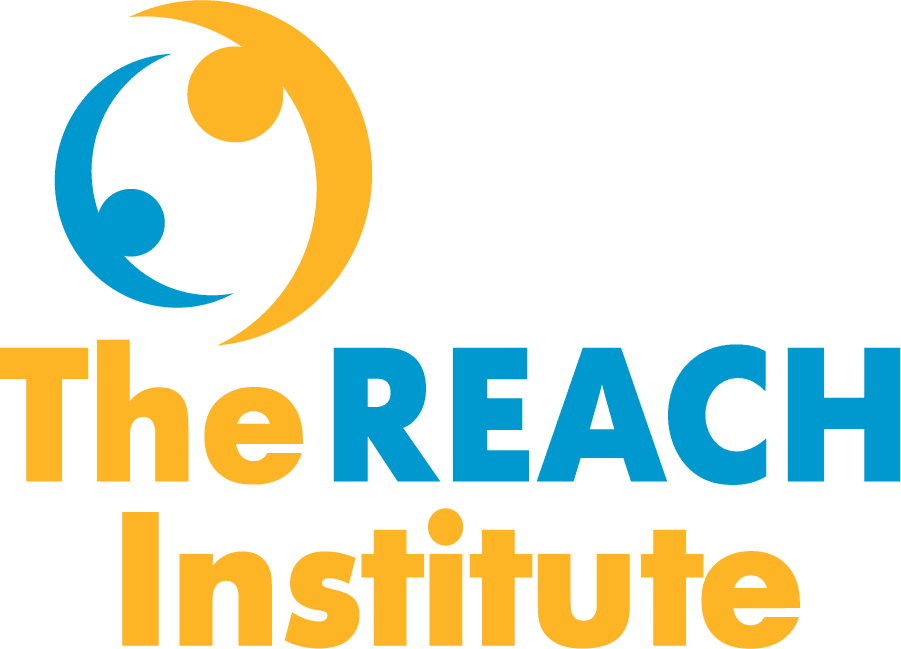How Pediatric Professionals Can Use Cognitive Behavioral Therapy to Address Anxiety
- March 25, 2019
- The REACH Institute
- Child mental health, Cognitive behavioral therapy Pediatric primary care,

“Pediatric primary care providers can have a big impact on child mental health simply because we see children early and often,” said Dana Kornfeld, MD, REACH board member and associate clinical professor of pediatrics at George Washington School of Medicine.
Dr. Kornfeld, who practices at Pediatric Care Center in Bethesda, MD, endorses the use of cognitive behavioral therapy (CBT) techniques in primary care to nip potentially crippling anxiety in the bud.
“We use CBT because it is the most empirically supported treatment of child anxiety,” she said. “I like it because it’s problem-focused and solution-oriented.”
Caregivers often alleviate their own anxiety in ways that hinder children’s ability to develop into brave, capable human beings. “If the child is afraid to sleep alone, for example,” said Dr. Kornfeld, “staying with her every night until she falls asleep doesn’t help her overcome the fear.”
Instead, PCPs can work with families to set up “ladders” of accomplishments. A child who is afraid of dogs, for example, might take tiny steps, from watching a few seconds of a video of a dog while sitting on a caregiver’s lap to watching dogs from across the park to being in the same room as a sleeping dog to, ultimately, approaching a dog on his own to pet it without fear–with many steps in between.
“I help families make a big poster board of their ladder, whether it’s approaching dogs, going to school, or being separated from the parents,” said Dr. Kornfeld. “At every step, children get a sticker or a little prize. Children get so excited about their accomplishments! They come running in to show me their charts.”
That is finally the point of this child-centered version of exposure therapy: Helping children develop their confidence in their ability to cope with life’s challenges.
A lot of CBT for child anxiety is educating the parents, Dr. Kornfeld said. PCPs can teach caregivers about the difference between normal anxiety and problematic anxiety that interferes in the child’s life.
“It’s empowering for parents to hear that the impulse to spare their child pain and worry is a normal, loving reaction,” she said. PCPs can acknowledge that what caregivers need to do–step back and allow the child to experience anxiety–is harder than stepping in. But children can learn to be brave only by experiencing their anxiety and getting through it.
Patients whose anxiety causes somatic symptoms need help managing their bodies. For example, Dr. Kornfeld has children hyperventilate in her office. She explains what is happening in their bodies and helps them see that their breathing is something they can control. Then she teaches them to breathe calmly and slowly.
“Children whose anxiety is significantly affecting their lives–their ability to go to school, for example, or make friends–may need referral to a CBT therapist,” said Dr. Kornfeld. “If they are so dysregulated they can’t even participate in therapy, they may need medication as well. I rarely prescribe medication for anxiety unless the child is also in therapy.”
But if PCPs catch anxiety early, a few simple CBT interventions with families often can resolve the issue. As Dr. Kornfeld pointed out, “It’s much easier to use CBT with parents to help their toddler or young child than it is to treat a 15-year-old who comes in with significant anxiety, OCD, and depression.”
Resources
Pediatric PCPs can help families cope with anxiety by pointing them to these books. Dr. Kornfeld also recommends the first title, Anxiety-Free Kids, to PCPs themselves as a sourcebook of CBT techniques.
- Anxiety-Free Kids: An Interactive Guide for Parents and Children by Bonnie Zucker
- Conquer Negative Thinking for Teens: A Workbook to Break the Nine Thought Habits That Are Holding You Back by Mary Karapetian Alvord and Anne McGrath
- CBT Toolbox for Children and Adolescents by Lisa Weed Phifer, Amanda K. Crowder, Tracy Elsenraat, and Robert Hull
Dr. Kornfeld recommends two apps that can help young patients breathe, meditate, relax, and sleep:
Categories
- ADHD
- Anti-racism
- Anxiety
- Assessment & screening
- Autism
- Child mental health
- Coding
- Cognitive behavioral therapy
- College transition
- Culturally responsive
- Depression
- Eating disorders
- Foster care
- Grief
- High-risk children & youth
- LGBTQIA
- Medication
- Parents
- Patient communication
- Pediatric primary care
- School refusal
- Sleep disorders
- Suicide
- Trauma
- Show All Categories
Dates
Register for courses
“The training provided an interactive learning experience for a highly salient topic with limited community resources. The specific tools provided (for screening, treatment, and follow-up) and the network of providers are so valuable for sustaining this in practice.”
